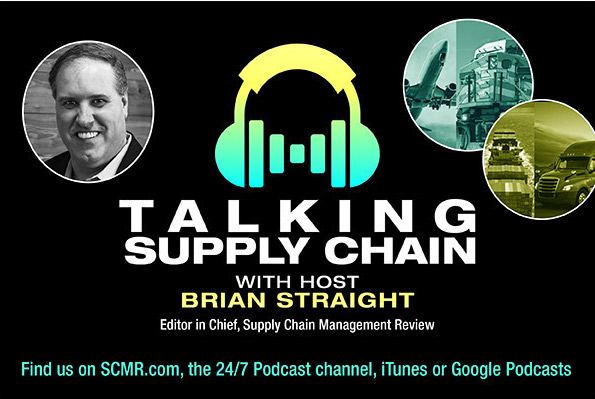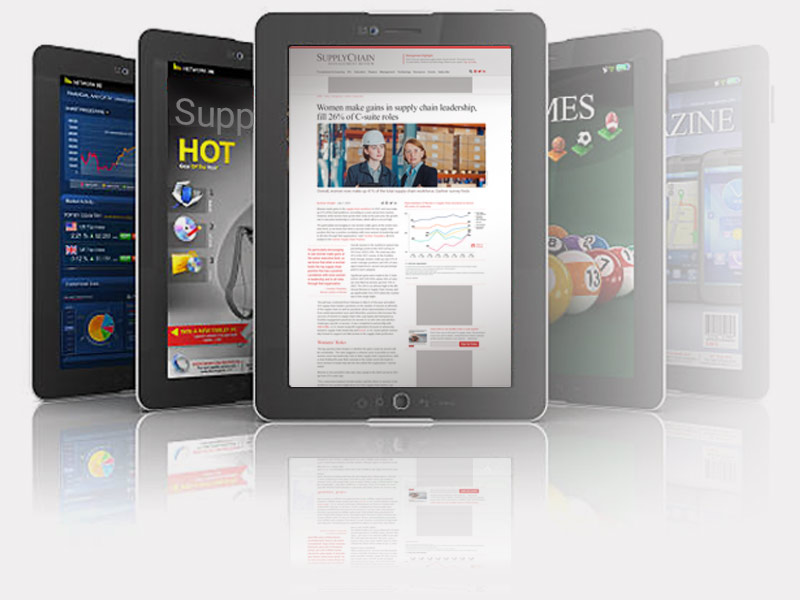Sorry, but your login has failed. Please recheck your login information and resubmit. If your subscription has expired, renew here.
May-June 2020
Most of the time, when I sit down to write this column I look at what I wrote for the previous year’s issue for perspective or inspiration. The truth is, nothing I’ve written before, or experienced in my 64 years, has prepared me for COVID-19. I’m sure that most, if not all, of you can say the same. Yes, it’s a global crisis, but closer to home, it’s a supply chain crisis. Quite simply, even the best supply chains, at least those that are still operating, are broken. Browse this issue archive.Need Help? Contact customer service 847-559-7581 More options
Firms have always been challenged to adapt their supply chains to their success in the market. During boom periods, firms are eager to avoid costly backlogs, to align manufacturing capacities with growing demand, and to ensure raw materials from new suppliers. Meanwhile, supply chains are accelerated, costly air freight is accepted, and large batches are produced because goods will be sold at some stage. In contrast, during difficult times, firms must address shrinking customer orders, face increasing competition, and see decreasing margins. Accordingly, priorities for supply chains differ significantly. Firms must focus on cutting costs, reducing capacities, consolidating suppliers, and freeing up cash by taking out inventory.
Difficult times frequently relate to an individual firm’s situation: These could include poor top management decisions, cost pressures from a new competitor, or demand being hit by poor customer service. However, difficult times are also frequently caused by changing economic climates.
During the Financial Crisis that started five years ago, an unforeseen contraction in demand across numerous industries challenged supply chains globally beyond anything observed in the past. As the economy continued to drift downward, a significant turning point occurred on September 15, 2008, when Lehman Brothers, the fourth largest U.S. investment bank at that time, declared bankruptcy. The collapse of Lehman Brothers sent a shockwave through the financial world and triggered an unprecedented decline in the global economy.

This complete article is available to subscribers only.
Log in now for full access or start your PLUS+ subscription for instant access.
SC
MR
Sorry, but your login has failed. Please recheck your login information and resubmit. If your subscription has expired, renew here.
May-June 2020
Most of the time, when I sit down to write this column I look at what I wrote for the previous year’s issue for perspective or inspiration. The truth is, nothing I’ve written before, or experienced in my 64 years,… Browse this issue archive. Access your online digital edition. Download a PDF file of the May-June 2020 issue.Firms have always been challenged to adapt their supply chains to their success in the market. During boom periods, firms are eager to avoid costly backlogs, to align manufacturing capacities with growing demand, and to ensure raw materials from new suppliers. Meanwhile, supply chains are accelerated, costly air freight is accepted, and large batches are produced because goods will be sold at some stage. In contrast, during difficult times, firms must address shrinking customer orders, face increasing competition, and see decreasing margins. Accordingly, priorities for supply chains differ significantly. Firms must focus on cutting costs, reducing capacities, consolidating suppliers, and freeing up cash by taking out inventory.
Difficult times frequently relate to an individual firm's situation: These could include poor top management decisions, cost pressures from a new competitor, or demand being hit by poor customer service. However, difficult times are also frequently caused by changing economic climates.
During the Financial Crisis that started five years ago, an unforeseen contraction in demand across numerous industries challenged supply chains globally beyond anything observed in the past. As the economy continued to drift downward, a significant turning point occurred on September 15, 2008, when Lehman Brothers, the fourth largest U.S. investment bank at that time, declared bankruptcy. The collapse of Lehman Brothers sent a shockwave through the financial world and triggered an unprecedented decline in the global economy.
SC
MR

More Finance
- Uber Freight’s Val Marchevsky to deliver Keynote at NextGen Supply Chain Conference
- Last call for speaker abstracts, award submissions for NextGen Supply Chain Conference
- Services sector growth continues in April, reports ISM
- ProMat 2025 show wrap up
- Nature and supply chain innovation
- April manufacturing output heads down, for second straight month, reports ISM
- More Finance
Latest Resources

 Explore
Explore
Business Management News
- C.H. Robinson rolls out AI agent to address LTL classification overhaul
- Danone latest to announce new US investment
- From flight decks to fulfillment: A veteran’s supply chain journey
- Employee versus enterprise AI adoption
- Uber Freight’s Val Marchevsky to deliver Keynote at NextGen Supply Chain Conference
- Unlocking the green grid: Innovations for eco-friendly last mile
- More Business Management
Latest Business Management Resources

Subscribe

Supply Chain Management Review delivers the best industry content.

Editors’ Picks




